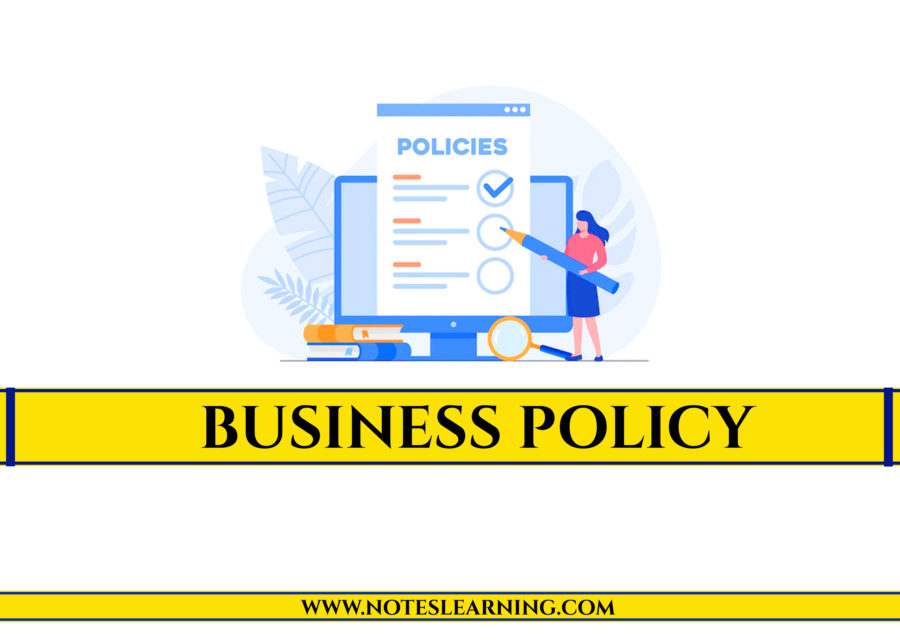INTRODUCTION
The history of Business Policy can be traced back to 1911 when Harvard Business School introduced an integrative course in management aimed at providing general management capability. In 1969, the American Assembly of Collegiate Schools of Business, a regulatory body for business school, made the course of business policy mandatory requirement for the purpose or recognition. Now, Business Policy has become an integral part of the management education curriculum.
STRATEGY FORMULATION
Strategy Formulation is a strategic planning which is concerned with developing a corporation’s mission, objectives, strategies, and policies. This function starts with situational analysis: The process of finding a strategic fit between external opportunities and internal strengths while working around external threats and internal weaknesses.
SITUATIONAL ANALYSIS
Situation Analysis is analyzing strategic factors related to the organization considering the current situations using SWOT analysis. SWOT stands for Strengths, Weaknesses, Opportunities and Threats. In a survey conducted by McKinsey and Company, most of the top executives agree that SWOT is the most essential activity to conduct during strategy formulation. SWOT can thus be used to take a broader view of strategy through the formula SA = O/(S – W) that is, (Strategic Alternative equals Opportunity divided by Strengths minus Weaknesses). This helps decision makers to decide whether to invest on the strength to make them even stronger or to invest on weakness to make the organization more competitive.
Some of the primary criticisms of SWOT analysis are:
- It generates lengthy lists of factors.
- It uses no weights for factors to reflect priorities.
- It uses ambiguous words and phrases.
- The same factor can be placed in two categories (e.g., a strength may also be a weakness).
- There is no obligation to verify opinions with data or analysis.
- It requires only a single level of analysis.
- There is no logical link to strategy implementation
STRATEGIC FACTORS ANALYSIS SUMMARY (SFAS) MATRIX
SFAS Matrix summarizes an organization’s strategic factors. This is the combination of the external factors from External Factor Analysis Summary (EFAS) and internal factors from Internal Factor Analysis Summary (IFAS). SFAS overcomes all the prior mentioned criticism of SWOT analysis.
Table of Internal Factor Analysis Summary (IFAS) with Example

Table of External Factor Analysis Summary (EFAS) with Example

Strategic Factors Analysis Summary (SFAS) Matrix

With this matrix, the firm’s management must be always looking for a strategic window i.e. a unique market opportunity that is available only for a particular time. With this analysis, a firm needs to be able to find a propitious niche i.e. a strategic sweet spot. A Strategic Sweet Spot of a company is where it meets customers’ needs in a way that rivals can’t give the context in which it competes.


